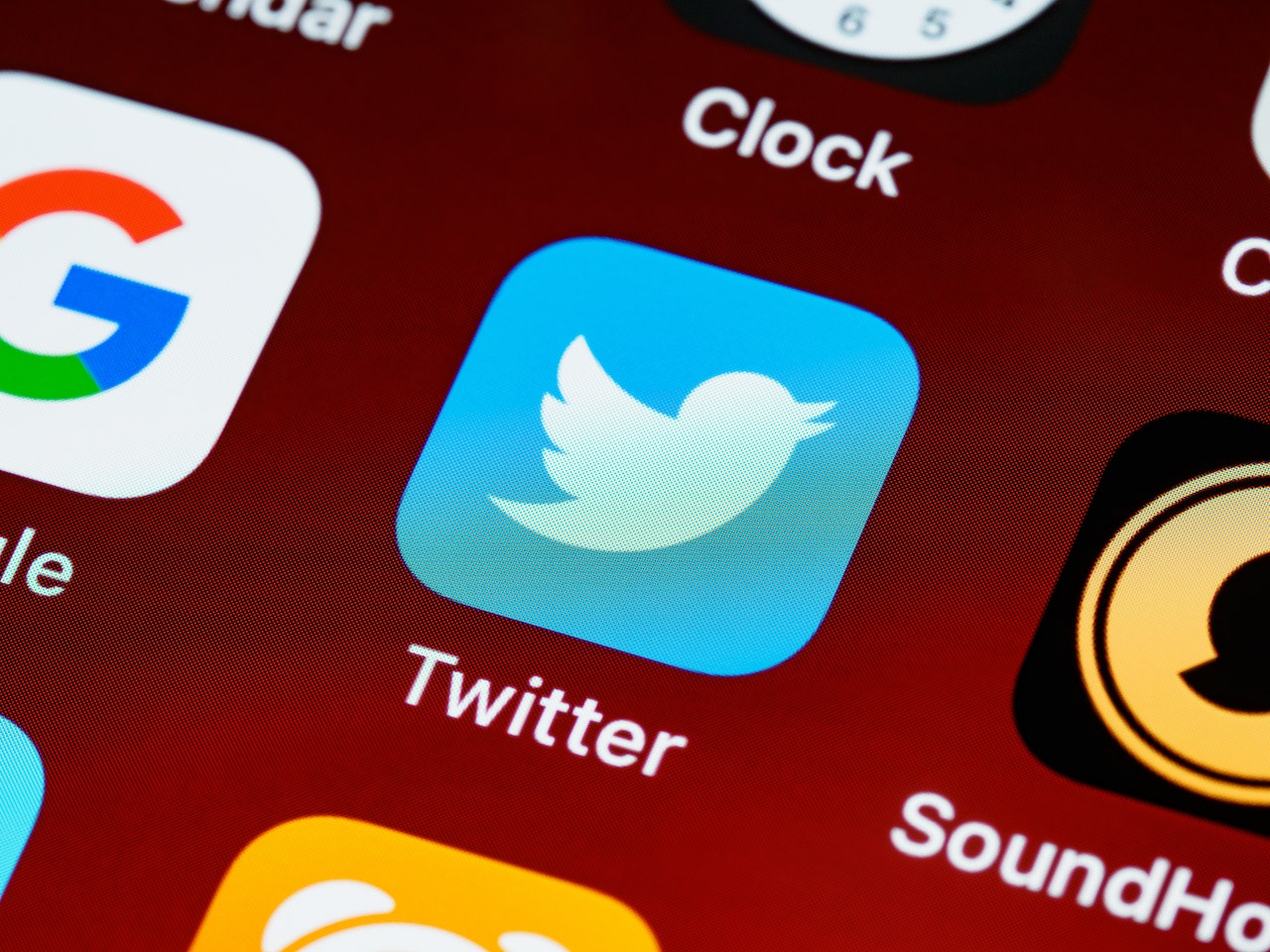TikTok and Instagram users enjoy limitless scrolling, but Elon Musk, owner of Twitter, has imposed new restrictions on his digital platform, causing concern among advertisers and potentially diminishing its cultural influence.
Under Musk’s new rules, it is becoming increasingly challenging to stay updated on sports games, extreme weather, and major news events. These restrictions are aimed at alleviating the strain on Twitter’s overloaded web infrastructure.
Jasmine Enberg, an analyst with Insider Intelligence, remarked that while there is a joke about people going outside instead of using Twitter, the reality is that they will migrate to other apps. This shift away from Twitter will undermine its appeal to advertisers, who rely on an engaged user base, especially around news and events.
To regain advertisers’ trust, Musk appointed Linda Yaccarino, a former NBC Universal executive, as Twitter’s CEO. However, Yaccarino has remained silent about the new limitations, leaving Musk to announce and explain them.
According to Mike Proulx, an analyst from Forrester, these moves are detrimental to both Twitter users and advertisers, as they significantly reduce reach and engagement. He stated that Yaccarino’s industry credibility alone would not be sufficient to reverse the advertiser trust deficit.
When the Associated Press inquired about the duration of the limits, Twitter responded with a generic automated reply that did not address the question.
Musk attempted to explain the limitations by stating that accounts without a monthly subscription would be temporarily restricted to viewing 600 posts per day, while verified accounts could scroll through up to 6,000. After receiving backlash, he adjusted the thresholds to 800 and 8,000 tweets, respectively, and eventually settled on 1,000 and 10,000.
Enberg pointed out that many unverified users will reach the limit quickly since they predominantly consume tweets rather than create them. She criticized Musk for throttling engagement instead of encouraging it, considering Twitter’s growing competition from emerging rivals and Meta’s forthcoming Twitter-like service on Facebook and Instagram.
Proulx stated that the true reason behind Musk’s temporary rate limits remains unclear.
Musk attributed the new restrictions to prevent unauthorized scraping of valuable data from the platform. He emphasized that it was a temporary measure due to excessive data theft that had been degrading service for regular users.
Twitter now requires users to log in to access tweets and profiles, marking a departure from its previous practice of allowing public browsing. This change is a response to Musk’s concerns about the misuse of Twitter data in training artificial intelligence systems like ChatGPT, which generate human-like text, photos, videos, and other content.
The higher tweet-viewing threshold for verified accounts is part of an $8-per-month subscription service introduced by Musk to increase Twitter’s revenue. Since Musk took over the company and downsized the workforce to reduce costs and avoid bankruptcy, Twitter’s revenue has declined significantly.
Advertisers have reduced their spending on Twitter, partly due to changes that have allowed more offensive and controversial content, which alienates a larger portion of the audience.



